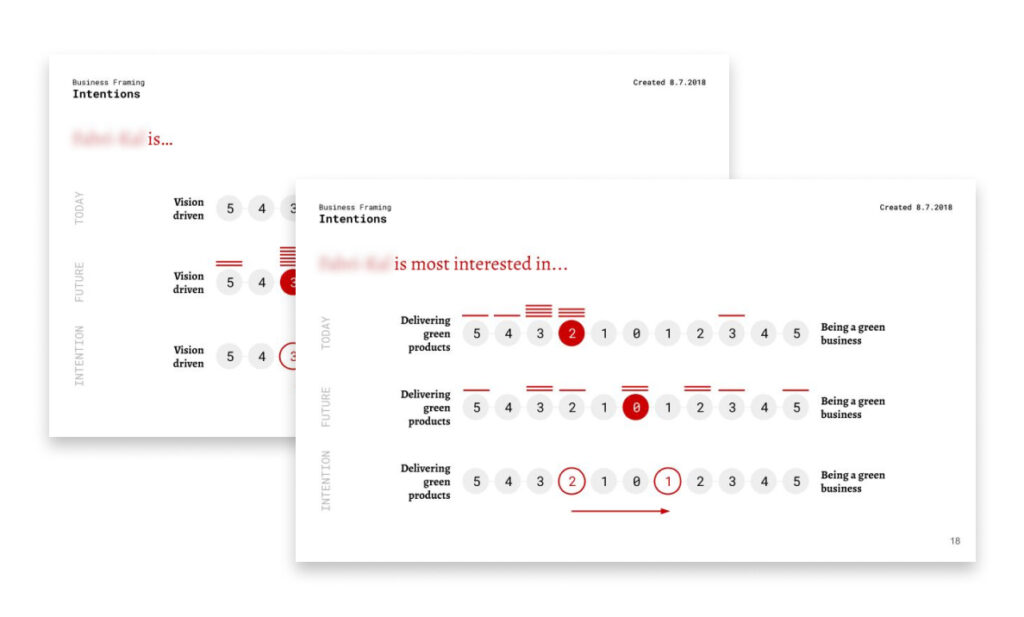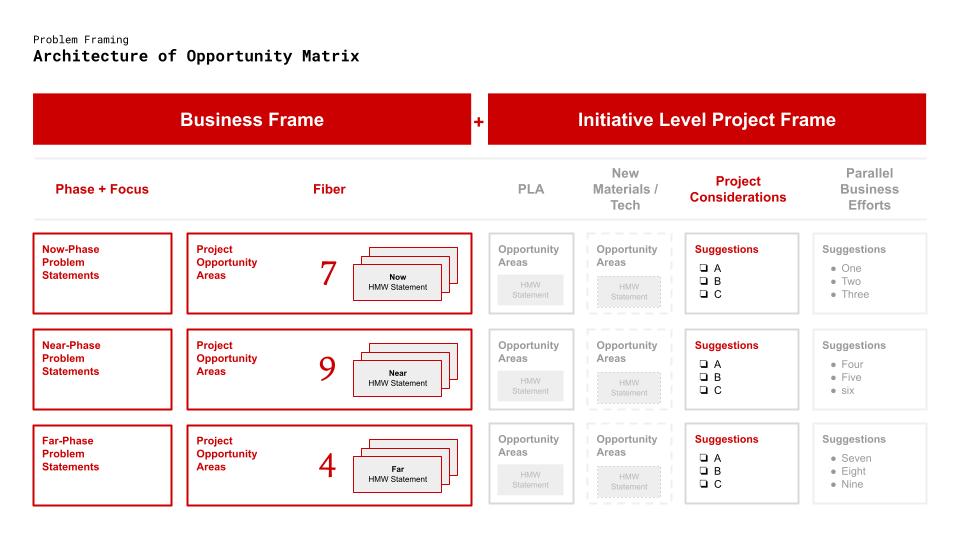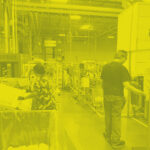As we’ve shared in a previous journal post, much of our work at Further Degree begins with the act of Framing. But to recap, Framing seeks to answer questions like:
• Why are we undertaking this initiative or project?
• What do we hope to gain?
• What do we stand to lose if we don’t?
• What do we hope to learn?
• How might we begin framing research activities/learning?
• Who should be involved in an effort of this sort?
But what does that really look like? What follows will be a series of short case studies that review a Further Degree client, their challenge, our approach, and the outcomes we achieved. If you recognize yourself or your organization in the challenges we share, let’s talk.
Midwest Manufacturer
In 2018 Further Degree was introduced to the President and Product Management team of a $380M, family-owned food packaging company based in Michigan. By all measures they had been very successful, showing growth year-over-year for the majority of their near 70 year history.
The President of the company, however, was becoming more and more concerned over the disruptions they were seeing in their industry (i.e. active market consolidation, commodification and legislative pressures) and was looking for ways to develop a culture of innovation throughout the organization as a countermeasure. The Further Degree team began talking to them about how Design Thinking could provide the right framework and toolset to lead that effort and generate results without slowing them down.
The Challenges
Our strategy was to focus initial efforts on a single area of opportunity while developing an organizational approach to innovation. The focus area was an 8-year, $50M investment in a fiber molding capability that lacked a clear value proposition or strategy for growth.
We developed two challenge statements as a means to concentrate our work. 1. How might the client move forward by adopting Design Thinking as a framework for new product development and general problem solving, without putting a halt to existing projects and timelines? 2.How might Design Thinking in the short-term help to re-frame their fiber capability?

Our Approach
We designed and executed an 8 week Framing Sprint to lay the groundwork for a New Product Development approach, while developing a framework for decision-making with the fiber capability and organizationally. This approach included:
• A review of their existing research and knowledge
• A review of their existing new product development process
• Internal Stakeholder interviews which included Product Management, Marketing, Sales, and Executive team members
• Analysis and Synthesis of research findings
• Development and facilitation of a hands-on workshop with a goal of creating internal alignment and a clear investment thesis (Guide for Good) for their continued efforts

Outcomes
Outcomes included stronger decision making by way of a clear set of organizational goals, faster to-market innovations through the use of an Opportunity Matrix that forced clarity in initiative and project goals, and an ability to better anticipate market trends to drive organizational sustainability. Further, this work led to the development of a new design and innovation lab that was pivotal in reworking their business model during the COVID-19 pandemic, as well as developing a strategy and narrative for sustainability that led to their acquisition in 2021.

